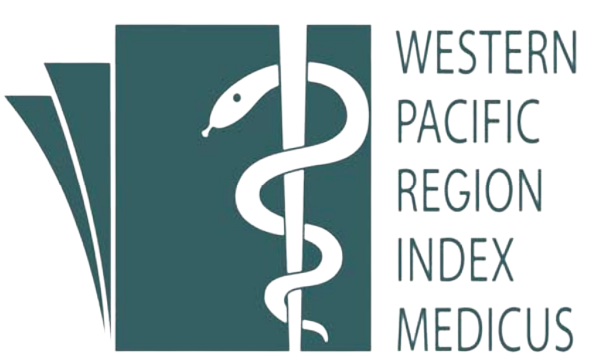Tóm tắt
Background: Acne vulgaris is an inflammatory disease of the pilosebaceous unit, especially in adolescents. There are many classifications of the disease severity, and the role of bacteria in the pathogenesis has been confirmed. This article evaluates the severity of acne through the Global Acne Grading System and Investigator’s Global Assessment, and the presence of bacteria in the pustule.
Materials and methods: Cross-sectional descriptive study on 72 patients diagnosed with acne vulgaris from January 2021 to July 2022 at the Dermatology Clinic at Hue University of Medicine and Pharmacy Hospital. Samples were collected from pustules for the bacterial culture.
Results: For the Global Acne Grading System classification: mild 34.7%, moderate 45.9%, severe 16.7%, and very severe 2.7%. For the Investigator’s Global Assessment: almost clear 4.2%, mild 29.2%, moderate 30.5%, severe 22.2%, and very severe 13.9%. Two scales demonstrated the inter-rater reliability. There were 16 out of 30 specimens from pustules with bacterial presence, among them Staphylococcus aureus 56.4%, Staphylococcus epidermidis 12.5%, Methicillin-Resistant Staphylococcus aureus 12.5%, Staphylococcus coagulase negative 6.2%; two samples had the co-infection with Staphylococcus aureus and Klebsiella pneumonia, Staphylococcus aureus and Enterobacter spp.
Conclusion: Moderate and mild severity predominate in the GAGS and IGA classifications, and there is a correlation between the two classifications. Five bacteria were found in pustular lesions, of which Staphylococcus aureus accounted for most.
| Đã xuất bản | 25-12-2024 | |
| Toàn văn |
|
|
| Ngôn ngữ |
|
|
| Số tạp chí | Tập 14 Số 6 (2024) | |
| Phân mục | Nghiên cứu | |
| DOI | 10.34071/jmp.2024.6.10 | |
| Từ khóa | Acne vulgaris, GAGS, IGA, bacteria |

công trình này được cấp phép theo Creative Commons Attribution-phi thương mại-NoDerivatives 4.0 License International .
Bản quyền (c) 2024 Tạp chí Y Dược Huế






